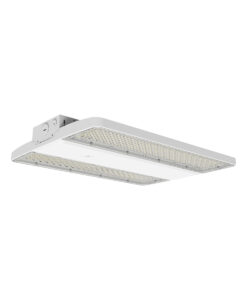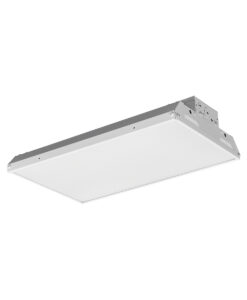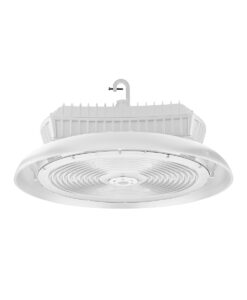In the bustling industrial landscape of Newcastle city, Washington, the efficiency of warehouse operations is paramount. One of the most impactful upgrades a warehouse can undertake is transitioning its lighting system to LED. This change not only enhances visibility and safety but also significantly reduces energy consumption and operational costs. As businesses strive to become more sustainable, LED lighting emerges as a crucial component in achieving these goals. In this article, we delve into the benefits and considerations of upgrading warehouse lighting to LED in Newcastle city, Washington.
Energy Savings of Warehouse Lighting in LED
Switching to LED lighting in warehouses offers substantial energy savings and operational benefits. Below is a table that outlines different types of warehouse lighting fixtures, their applications, typical mounting heights, and the energy savings percentage when upgrading to LED.
| Lighting Fixture | Application | Typical Mounting Height | Energy Savings (%) |
|---|---|---|---|
| High Bay Lights | Large open areas | 15-40 feet | 60% |
| Low Bay Lights | Smaller spaces | 12-20 feet | 50% |
| Linear Strip Lights | Aisles and shelving | 8-15 feet | 55% |
| Flood Lights | Outdoor areas | Variable | 65% |
These energy savings not only contribute to lower utility bills but also support environmental sustainability efforts, making LED lighting a smart choice for warehouses.
Every Warehouse in Newcastle city, Washington is Different
Understanding the unique characteristics of each warehouse in Newcastle city, Washington, is essential when planning a lighting upgrade. The first step is to assess the existing lighting setup, which involves identifying the types, models, wattage, and input voltage of the current fixtures. This information is crucial as it helps determine the compatibility and requirements for new LED installations.
Additionally, the dimensions of the warehouse facility play a significant role in the lighting design. Larger spaces may require high bay lights, while smaller areas might benefit from low bay or linear strip lights. The primary operations conducted within the warehouse also influence lighting needs. For instance, warehouses with high-precision tasks may need brighter, more focused lighting compared to those used for storage.
By thoroughly evaluating these factors, businesses can ensure that their lighting upgrade not only meets operational needs but also maximizes energy efficiency and cost savings.
Other Considerations for Newcastle city, Washington
When selecting lighting fixtures for warehouses in Newcastle city, Washington, local climate-specific conditions must be taken into account. The region’s weather patterns can affect the performance and longevity of lighting fixtures, making it essential to choose products designed to withstand these conditions.
Moreover, local codes and utility rebates may influence the choice of lighting controls. Implementing controls such as daylight sensors and motion sensors can enhance energy savings by adjusting lighting based on occupancy and natural light availability. These controls not only reduce energy consumption but also extend the lifespan of the lighting fixtures, providing additional cost savings over time.
By considering these local factors, businesses can optimize their lighting systems to align with both regulatory requirements and operational efficiency.
Illuminate Your Warehouse with Expert Guidance
At PacLights, we specialize in providing high-quality LED warehouse lighting solutions designed for commercial and industrial applications. Our extensive range of offers includes indoor and outdoor lighting options that are not only energy-efficient but also designed to meet the diverse needs of our customers. Whether you’re looking to retrofit your existing lighting system or install new lighting fixtures, PacLights has the expertise and products to illuminate your space effectively. To explore how we can assist you in upgrading your warehouse lighting, Ask an Expert today.






Disclaimer: PacLights is not responsible for any actions taken based on the suggestions and information provided in this article, and readers should consult local building and electrical codes for proper guidance.